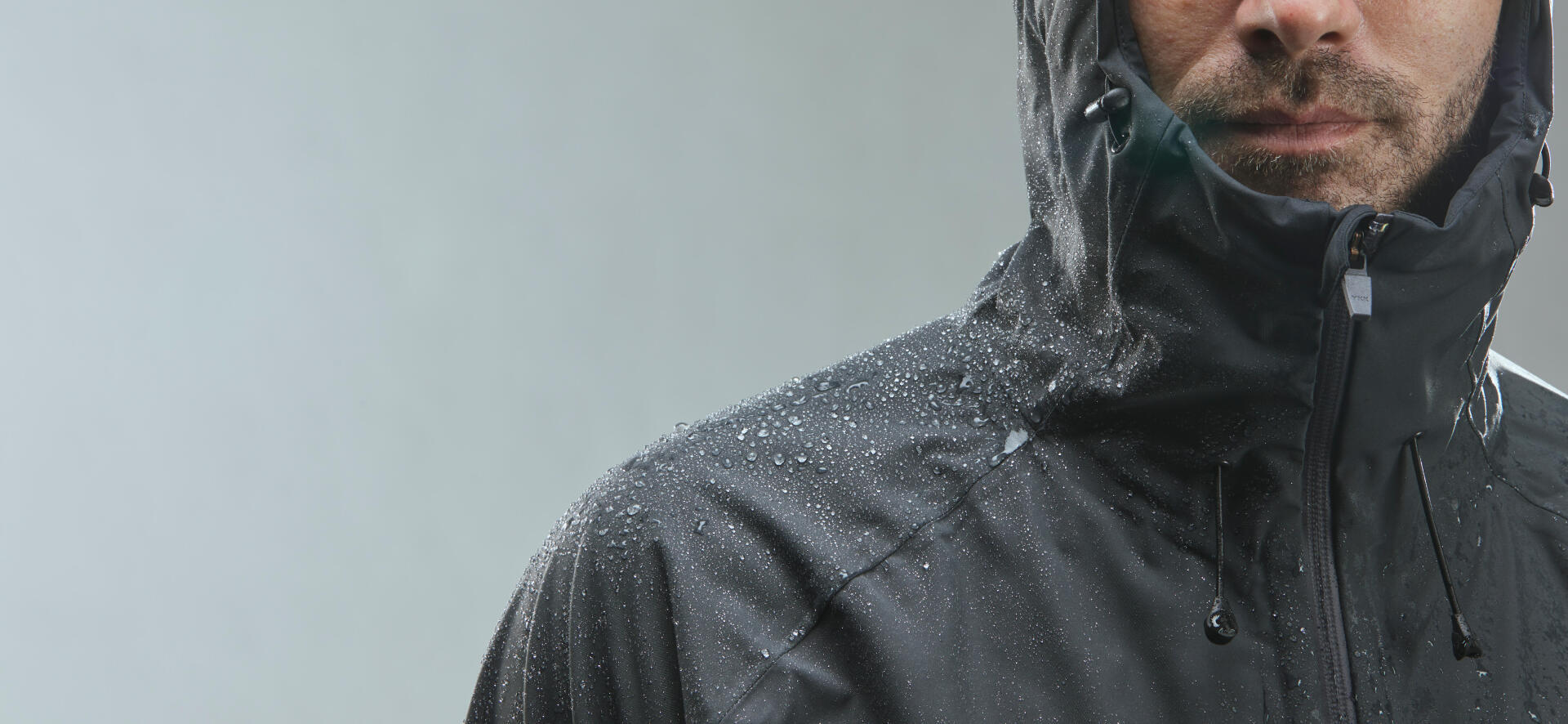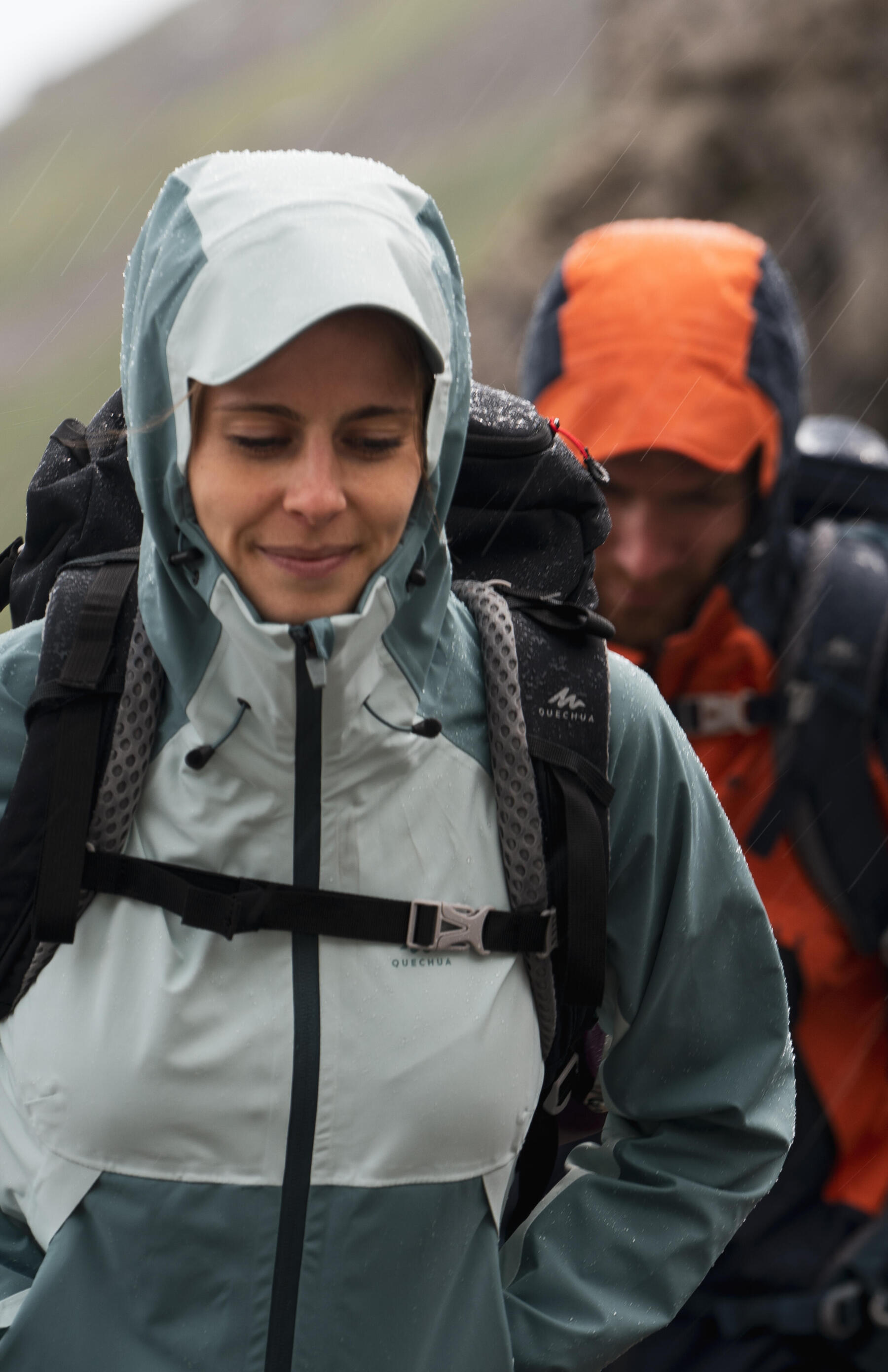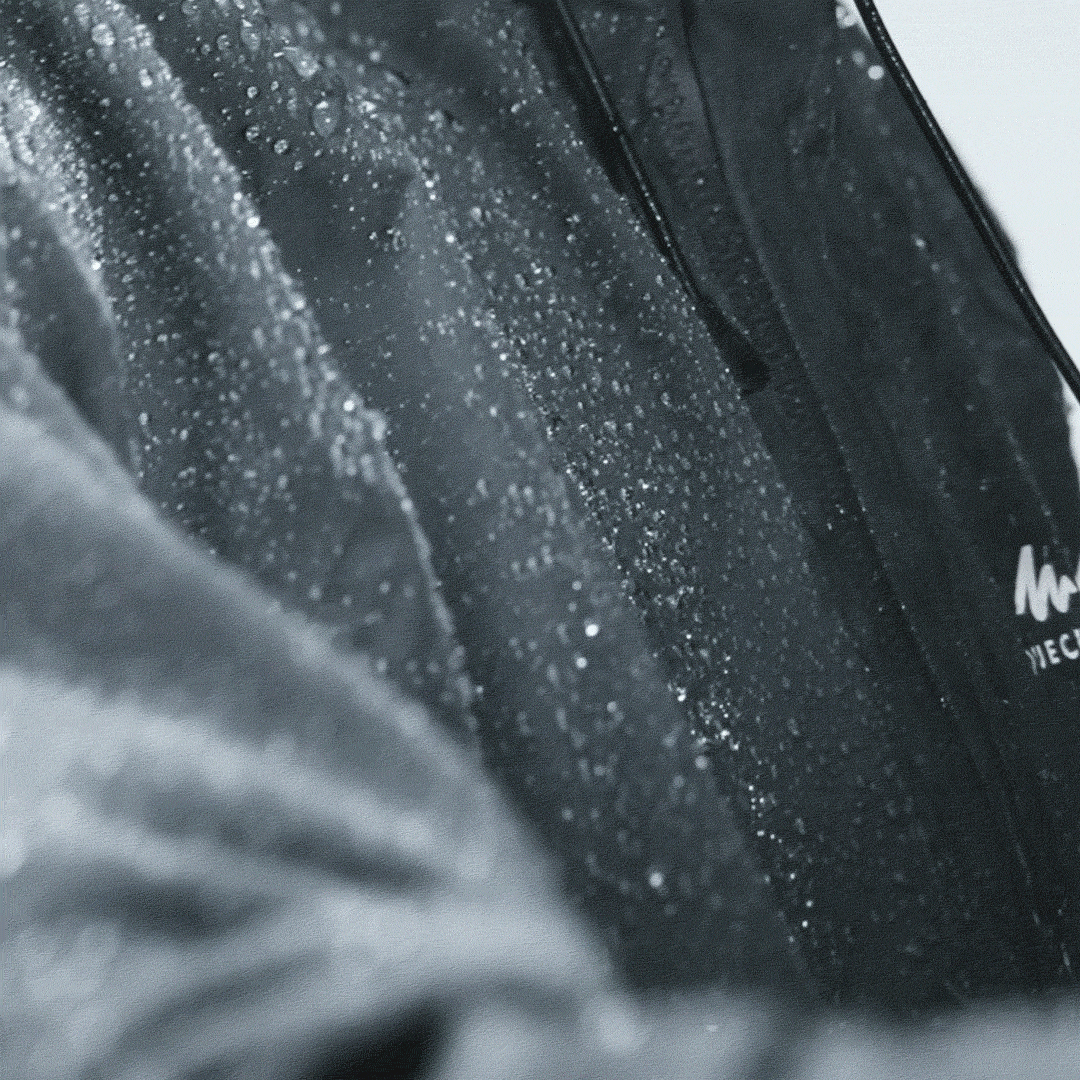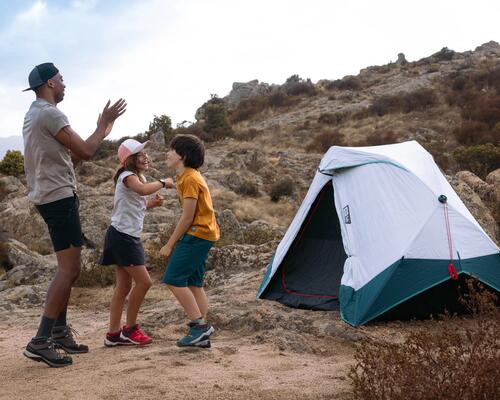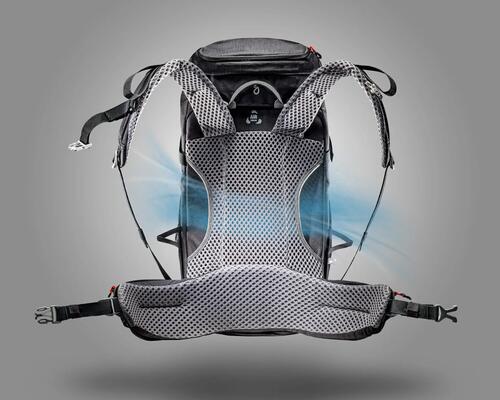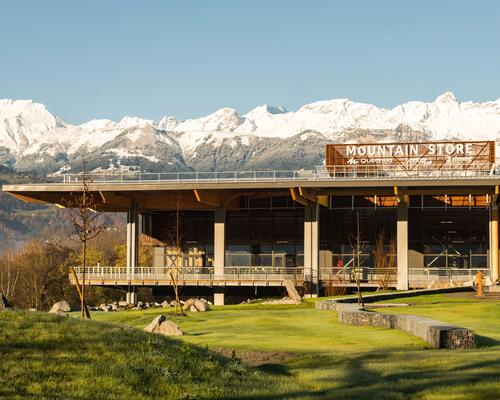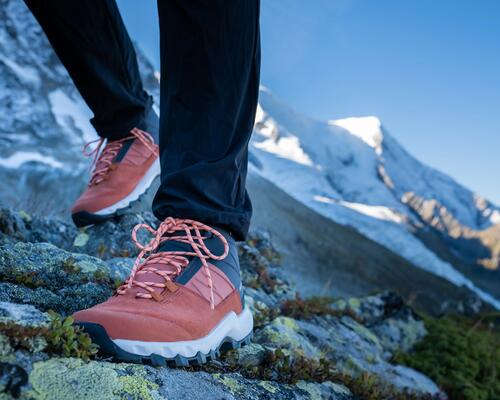Did you know...?
We design our products ourselves to make sure that you get nothing but the best
Here at Decathlon, we have a team of experts in textile materials who work alongside the teams dedicated to various sports, making sure that our materials optimally adapt to each sport's specific needs. The holy grail that we're constantly looking for when developing textiles with membranes is to achieve the highest level of both breathability and waterproofing, but the reality is that we often have to find a good compromise between the two. In some sports, abrasion resistance is also an important factor to take into account (like in snowboarding or hiking). Just think about it: the straps of your backpack will rub against the shoulders and back of your jacket, then there's surrounding vegetation and the weather… This goes for men's and women's jackets, as well as those for kids, who are particularly good at exploring the great outdoors without giving a second thought to their clothes (as they should !).
We're always on the look out for new technologies because, although we don't produce the membranes directly, we like to work very closely with our partners. We're all about team spirit.
